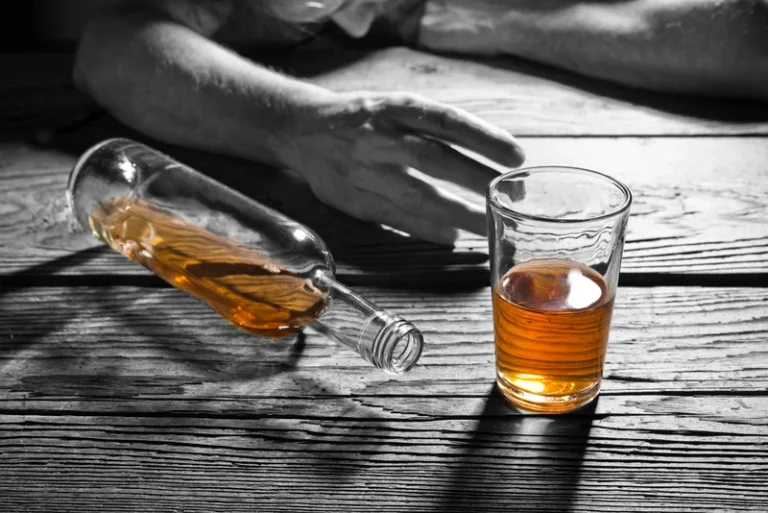
Aside from physical altercations, a single heavy night of drinking can strain or even injure your internal organs—including your stomach, liver, and kidneys. Even occasional binge drinking can increase your chances of long-term illnesses from alcohol, and can also raise your likelihood of developing alcohol use disorder further down the line. We often toast to special occasions, and that glass of red wine myths about alcoholism may even have health benefits. If you’re aware of the risks, you’re generally fine to drink alcohol in moderation. There are purported benefits, as well as pitfalls, to consuming alcohol.
Myth: Wine or beer won’t make you as drunk as hard liquor.
This doesn’t mean that you can’t have a glass of wine with dinner if you choose to. But it does mean that you shouldn’t assume it’s benefiting your health, or that it’s guaranteed to be safe. Most of the health benefits of red wine can be gained from other food sources, while alcohol, no matter the situation, is toxic to your body.
- And if you’re taking medication for your pain, there could be drug interaction risks.
- Critical decision-making abilities and driving-related skills are already diminished long before a person shows physical signs of intoxication.
- Your body needs time to break down the alcohol in your system.
- This can also lead to a higher heart rate and lower heart rate variability (both symptoms of stress on your body) during the withdrawal period.
Myths About Drinking Alcohol You Should Stop Repeating
So, from a technical standpoint, the type of liquor you drink probably doesn’t affect your behavior. We couldn’t find any formal studies on the subject, but shows like Mythbusters and Manswers have tackled the topic before. Both found that these strategies don’t work, and you can’t trick a breathalyzer. Furthermore, police officers search inside your mouth to make sure you’re not holding something there that will mess with the test.

Alcohol Is Safer Than Other Substances
- In addition to affecting the liver, alcohol affects the brain, the heart, and both the central nervous system and the peripheral nervous system.
- A common myth around teens and young adults is that it’s more responsible to give minors alcoholic drinks with adult supervision.
- The direct action of alcohol causes a drop in the internal body temperature by the following process.
- This suggests that alcohol impairs their ability to pick up on social cues that others may be uninterested or angry.
- Although having a few drinks before bed could help you fall asleep quicker, never presume you’ll sleep better.
- Many people get a sense that alcohol “takes the edge off.” This happens because of some of the slowing of signals in your nervous system.
Dr. Kling recommends that people going through menopause limit alcohol to one drink a day or less, in addition to eating a balanced diet and exercising regularly. Dr. Oesterle leads Mayo Clinic’s inpatient rehabilitation program for addiction and says he often sees alcohol use become a problem for people after they retire. When these people were employed, they may have been too busy to consume copious amounts of alcohol. But without a routine or daily responsibilities, alcohol use can more easily spiral, he says.

Myth Five: Drinking One Drink an Hour Keeps You Sober Enough to Drive
However, while reduced inhibitions might make you more talkative and outgoing, it doesn’t necessarily mean you’re socializing in the healthiest way. To destress in a more effective and healthy way, pick a different coping strategy like exercise, a fun hobby, or spending time with loved ones. The primary goal you can take from this article is that you shouldn’t trust every detail you hear about alcohol, even if I didn’t talk about all of the alcohol myths. It simply requires a brief period for alcohol to get you down.
But even people with a clean bill of health, or who are not carrying a child, should think twice before having a drink. While many studies have suggested that a moderate amount of alcohol has health benefits, much of that research has been called into question. In fact, a massive study on the global burden of disease, covering 195 countries over more than 25 years, recently determined that there is no safe amount of alcohol.
Alcoholics drink every day.

Research finds nearly 30% of U.S. adults drink alcohol to help them fall asleep, and 67% of people who experience insomnia report using alcohol to help them sleep. As a neuroscientist and behavioral change coach, I’ve had many eye-opening conversations with clients about the truths around alcohol. There’s no safe level of consuming alcohol—and the health benefits are vastly out-stated. Since consuming alcohol is such an accepted (and sometimes even encouraged!) habit, it’s no surprise that there are prevalent myths and misconceptions about the health of this substance. It takes about 2 hours for the adult body to eliminate the alcohol content of a single drink, depending on your weight.

Because he is a member of a support group that stresses the importance of anonymity at the public level, he does not use his photograph or his real name on this website. Depending on how you metabolize alcohol, your BAC can reach this level after only one drink. Last but not least, the “hair of the dog” method is another alcohol myth that gets repeated one too many times.
